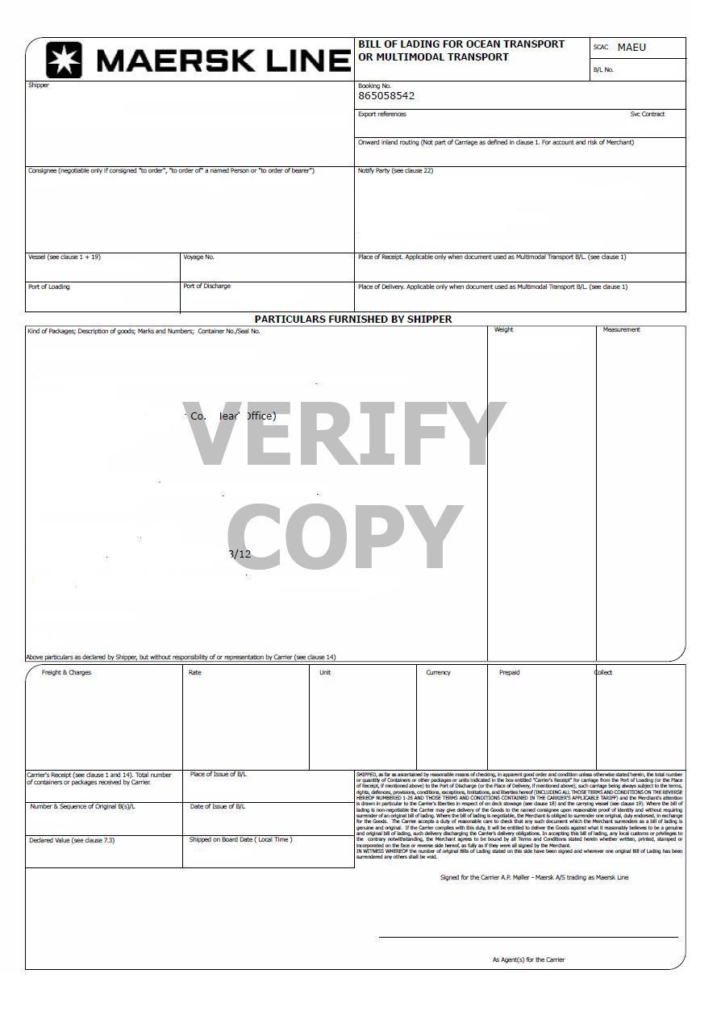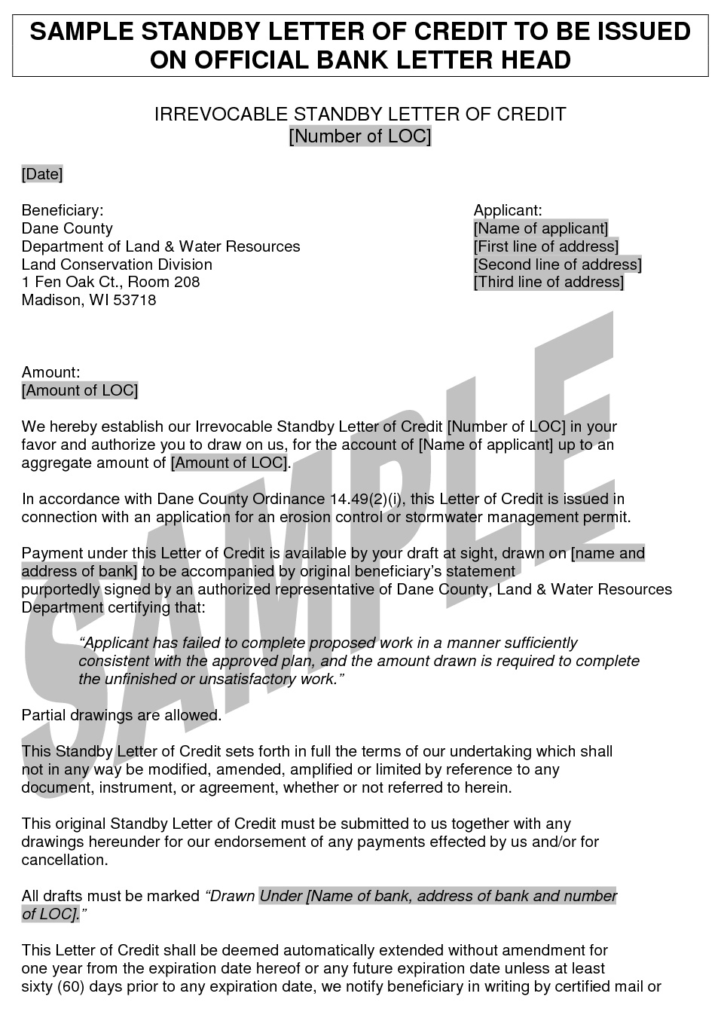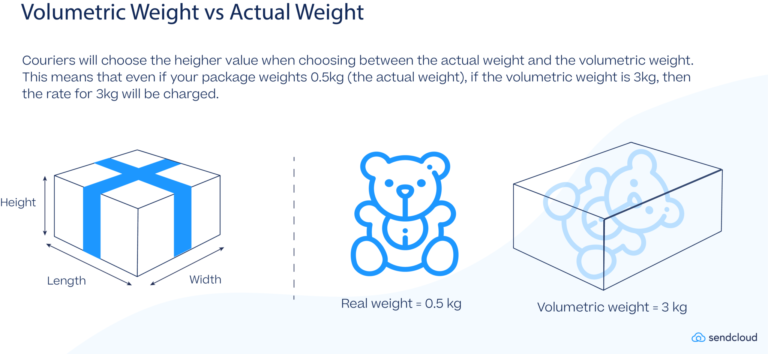Documents required for import and export?
The main documents we often use in import and export freight are packing list, commercial invoice, air waybill, ocean waybill, letter of credit

Commercial Invoice
The seller issues the commercial invoice to the buyer containing the terms of the transaction, like the date of the transaction, seller details, buyer details, value, shipping terms, and more. Customs duty is levied on the shipment, usually based on the commercial invoice raised by the seller.

Packing List
The packing list contains detailed information about the shipped goods, quantity, weight, and packing specifications. The packing list must contain a product description and details regarding the shipping marks.

Air Waybills
An airway bill is proof of shipment of goods by air. Air waybills serve as proof of receipt of goods for shipment by the air cargo agent, an invoice for the air shipment, a certificate of insurance, and a guide to the air cargo agent for handling, dispatch, and delivery of the consignment. A typical airway bill contains details about the shipper and the consignee, the departure and destination airports, a description of the goods, sign and seal of the carrier.

Bill of Lading
The shipping agency provides a Bill of Lading for goods shipped by them. A Bill of lading usually contains information about the shipper, consignee, carrying vessel, ports of loading and discharge, place of receipt and delivery, mode of payment, and name of the carrier.

Letter of Credit
A letter of Credit is an arrangement wherein a Bank, on the request of its customer, agrees to make payment to a beneficiary on receipt of documents from a beneficiary as per the terms stipulated in the Letter of Credit. Letter of Credit or LC is used extensively in international and domestic trade transactions.






